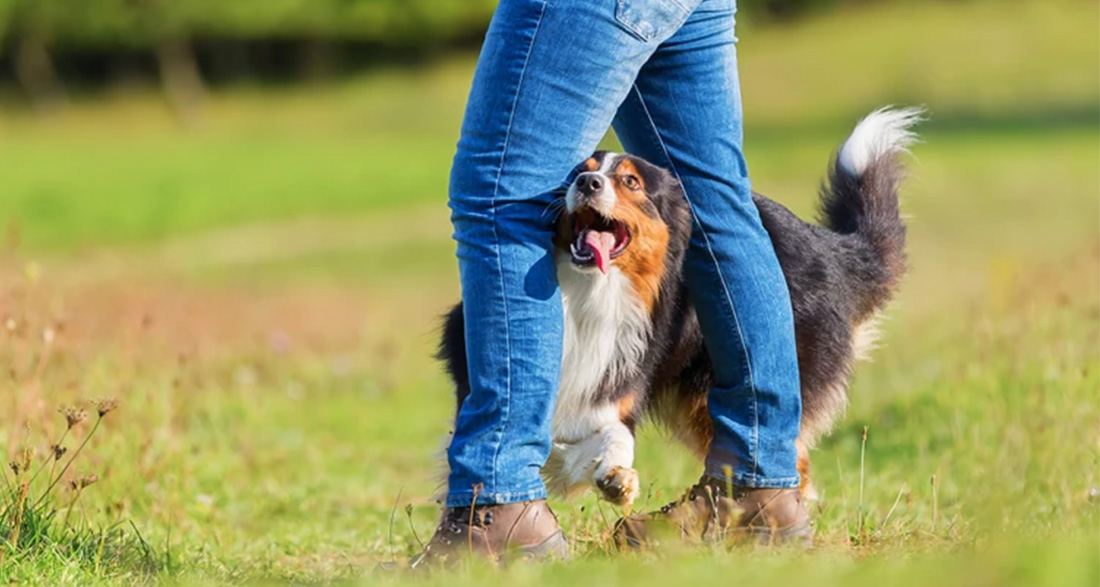Dog Dancing is a very popular dog sport. No wonder: it’s the perfect combination of fun and discipline. It’s important that you and your dog work together as a team in Dog Dancing. Here you will find all the information about Dog Dancing and what equipment you need.
- What is Dog Dancing?
- What do I need for Dog Dancing?
- Dog Dancing: What you need to be able to do
- Dog Dancing: What your dog needs to be able to do
- Dog Dancing: This equipment you need
- This music is best for Dog Dancing
- Dog Dancing training: The 4 most important rules
- Dog Dancing Tricks and Exercises for Beginners
- That’s why you should try Dog Dancing
What is Dog Dancing?
In Dog Dancing (often also called Dogdancing or Dog Dance), you get to “dance” with your dog. But not entirely freely: various obedience exercises are combined with music. Dog Dancing is therefore a perfect combination of obedience training and creative fun.
Obedience is a dog sport where the dog’s obedience is trained. The dog must successfully execute various commands.
It’s important that you and your dog present a harmonious picture in Dog Dancing. The idea of combining commands with music was first tried out with horses in Britain. In 1990, Mary Ray (a successful and well-known dog trainer from Britain) performed such a “dance” with a dog for the first time.
Today there are two types of Dog Dancing:
Heelwork to Music:
Heelwork to Music focuses mainly on correct footwork. A dog-human team must master and perform a total of 18 different foot positions. Of course, this “dance” is accompanied by music.
This exercise is complemented by jumps, turns, and rolls. In Heelwork to Music, the dog and handler have less freedom in choreography and must proceed very disciplined.
Freestyle Dog Dancing:
In Freestyle Dog Dancing, you can let your creativity run wild. As the name suggests, here, practically all obedience exercises and your own tricks are allowed. The only condition: the movements must be presented rhythmically to the music.
In Freestyle Dog Dancing, the human-dog team has more freedom in design. This sport is particularly popular in the USA.
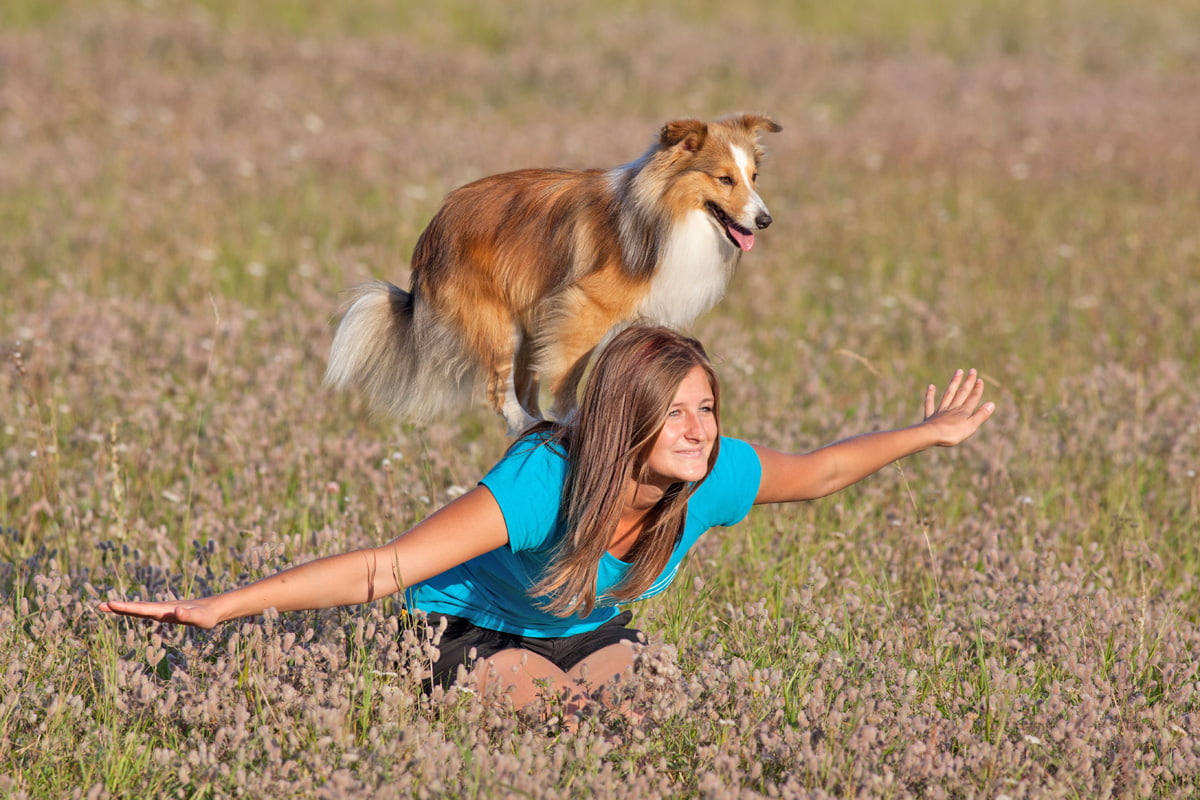
What do I need for Dog Dancing?
In order for you and your dog to start Dog Dancing, you and your pet should meet a few requirements. You also need specific equipment to get started.
- Dog Dancing: What you need to be able to do
- Dog Dancing: What your dog needs to be able to do
- Dog Dancing: This equipment you need
- This music fits best for Dog Dancing
Dog Dancing: What you need to be able to do
In Dog Dancing, it’s about adapting to the dog and training a lot with him. As cool as the tricks may look, mastering them requires a lot of patience, endurance, and discipline – from both the dog and you.
Therefore, you should only start Dog Dancing if you
- want to teach your dog tricks with the required consistency.
- can devote a lot of patience and time to this dog sport.
- are ready to engage and interact intensively with your dog.
- don’t put pressure on yourself or your dog.
Too much ambition is not appropriate in dog training. In Dog Dancing, it may take time for your dog to internalize a exercise. Trying to force something will harm your relationship with your dog!
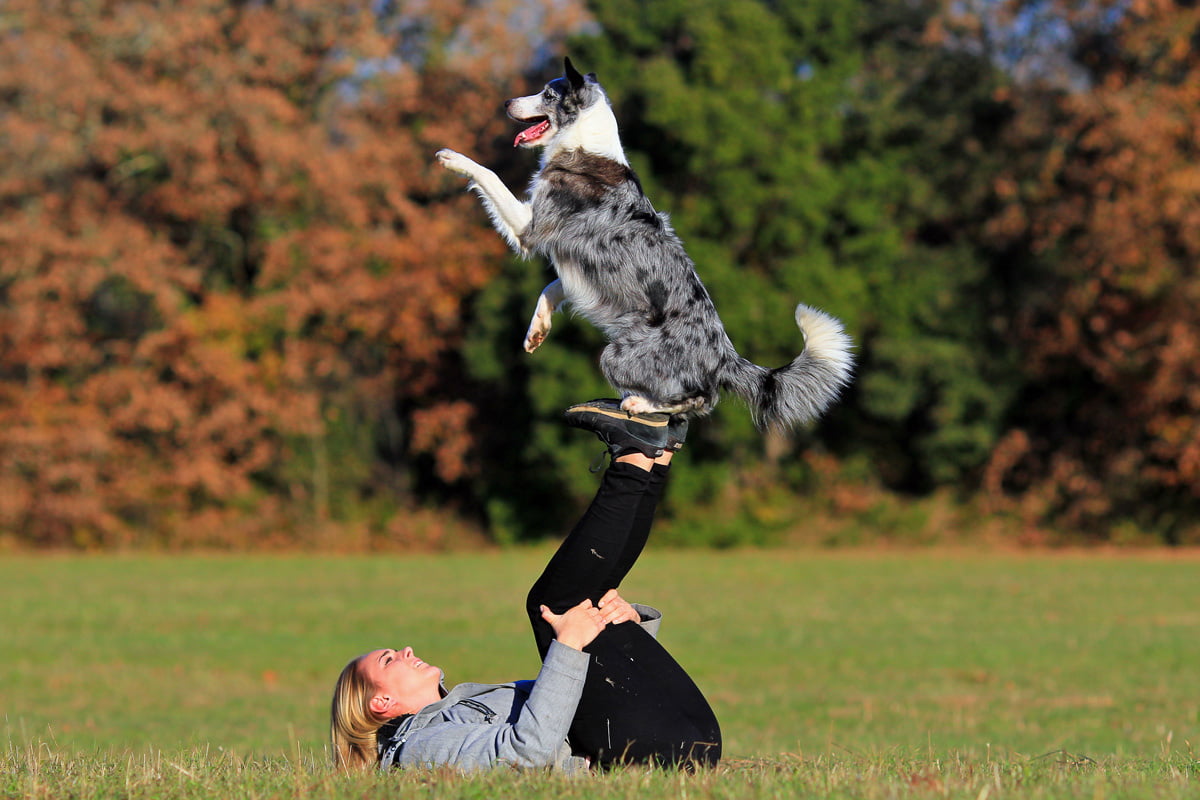
Dog Dancing: What your dog needs to be able to do
The great thing about Dog Dancing: Every dog can participate. It doesn’t matter how big or old they are because the exercises can be easily adapted to the dog. Large dogs often can’t weave through their owner’s legs because they would knock them over, and for small dogs, jumping over a lowered arm may still be too high. Instead, other tricks can simply be performed.
Even senior dogs or dogs with disabilities can be accommodated in Dog Dancing by adapting the exercises to them. Nevertheless, there are three things your dog must master before starting Dog Dancing:
- Your dog must listen to the most basic commands, namely: Sit, Down, Heel, Stay
- Your dog must have a reliable recall.
- Your dog must behave socially towards humans and other dogs.
This is important for the training (especially in a group) to go smoothly. Many exercises in Dog Dancing also build upon these basic commands.
Your dog will have a lot of fun with Dog Dancing if he also possesses these qualities:
- Curiosity
- Ability to concentrate
- Playfulness
- Enjoyment of movement
- Enjoyment of mental work
Dogs with these characteristics are particularly suitable for Dog Dancing. But of course, other dogs can also enjoy this dog sport.
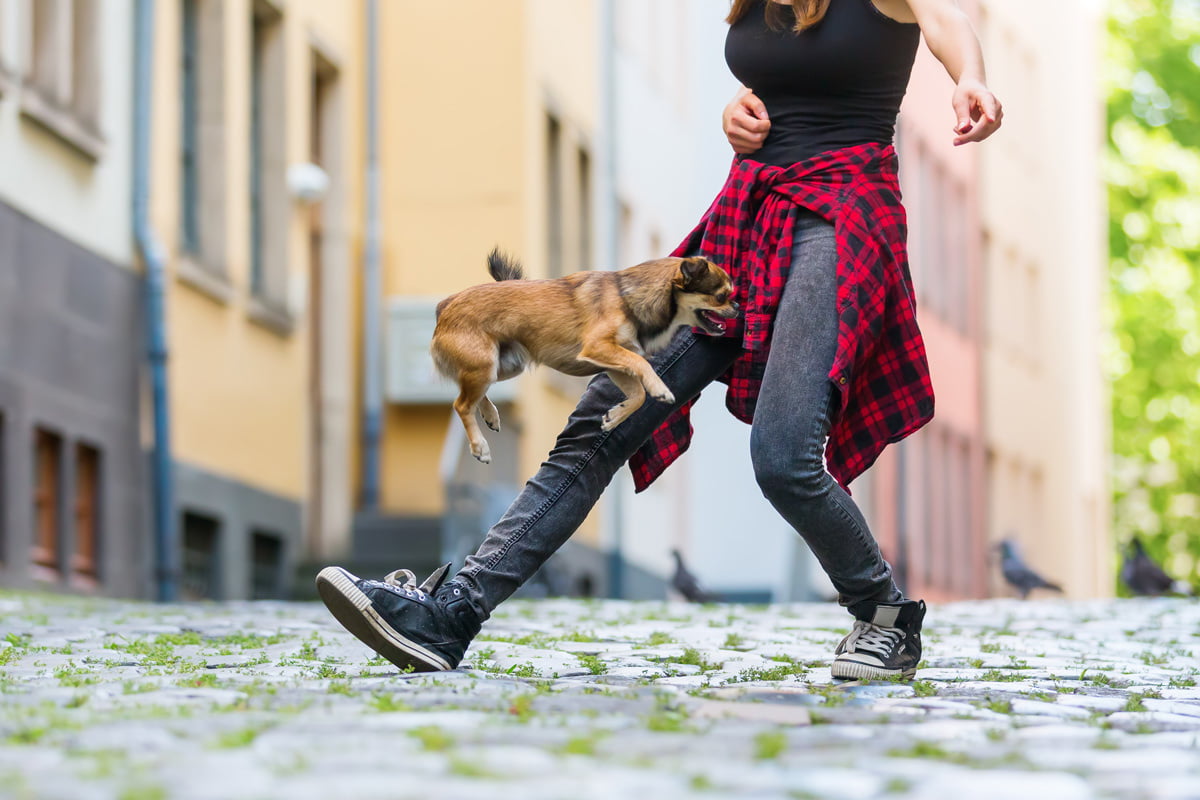
Dog Dancing: This equipment you need
If you want to start Dog Dancing, you should rely on various aids for dog training. This way, you can teach him various tricks quickly and stress-free.
Here is an overview of the equipment we recommend for Dog Dancing:
- Clicker
- Outdoor slalom poles
- Indoor slalom poles
- Training treats
This music is best for Dog Dancing
For Dog Dancing to work, the right music is crucial. It should suit both the movements and your dog. If the dog is a calm individual, it is advisable to choose a slow song. For a Jack Russell, techno might be more appropriate.
To ensure everything looks good in the end, you should seek the opinion of spectators. However, if you want to practice with the dog alone, you should set up a camera and film the dance. It’s worth practicing Dog Dancing in front of a mirror.
Dog Dancing training: The 4 most important rules
There are four important basic rules you must follow when training if you’re starting with Dog Dancing:
- Train for a maximum of 15 minutes at a time: Training longer will make your dog lose focus, make mistakes, and lose interest.
- Reward and encourage your dog: Scolding won’t help the dog in Dog Dancing. Ignore wrong movements and reward the correct ones.
- Stop if something absolutely doesn’t work: Forcing a trick won’t help. If an exercise doesn’t work even after numerous attempts, skip it.
- Start and end training correctly: Set two signal words for the start and end of training. For example, start Dog Dancing with “Let’s go” and end it with “Finish.”
Another tip for Dog Dancing: Incorporate movements that your dog often or enjoys doing into the choreography. For example, a sleepy stretch can later become a deliberate bow. This way, you can cater to your dog’s preferences, and they will have even more fun with Dog Dancing.
Dog Dancing Tricks and Exercises for Beginners
There are three exercises that your dog should learn first in Dog Dancing because more complex tricks build on these basic exercises. The three most important exercises in Dog Dancing are:
- Watch
- Touch
- Weaving through the legs
“Watch” in Dog Dancing – how to do it!
In this trick, the dog should learn to focus its attention on you and not be distracted. Practice it in these steps:
- Let your dog walk beside you with “Heel.”
- Hold a treat in your hand and make a fist with the hand.
- Hold the closed hand in front of your chin and say “Watch.”
- Click with the clicker as soon as your dog makes eye contact with you.
- Also, reward him for this, but not with the treat from your hand.
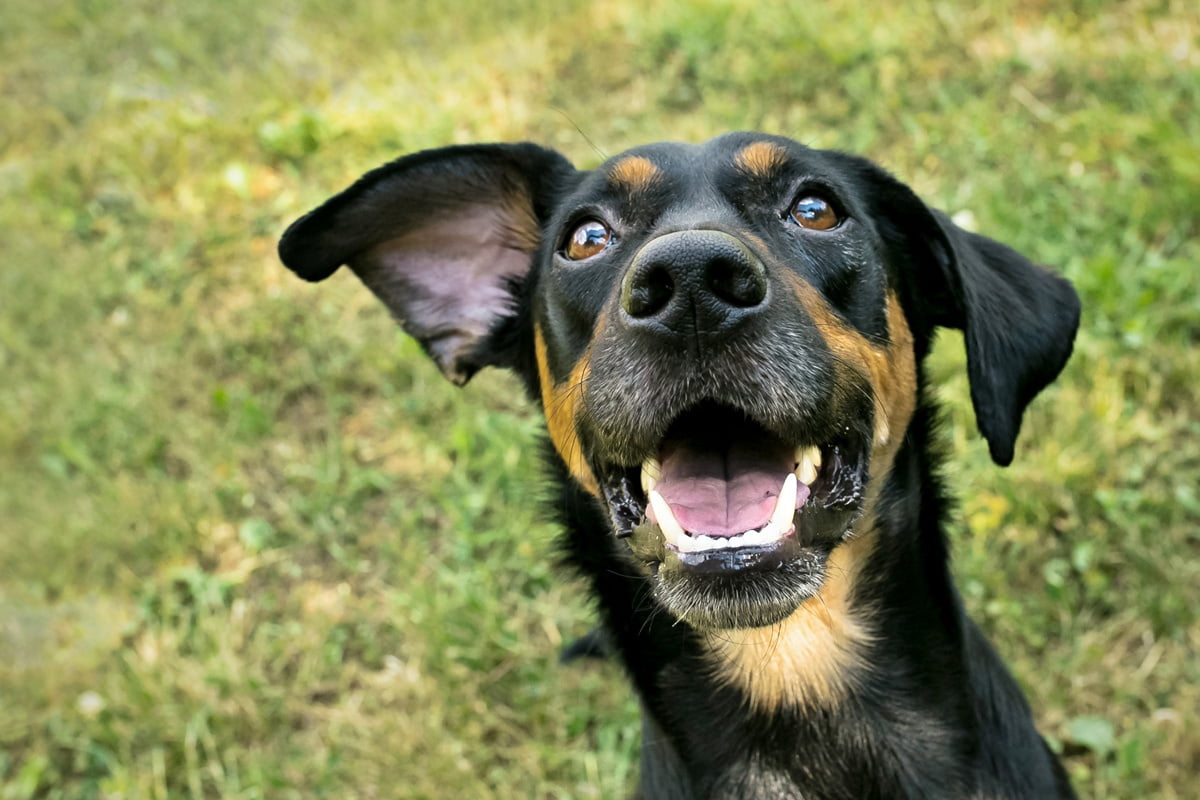
“Touch” in Dog Dancing – how to do the trick
The Hand-Target or Touch involves teaching your dog to touch your palm with its nose.
Here’s how to practice this trick in Dog Dancing:
- Have the dog come to your side.
- Hold your palm out at nose level with a small gap between it and the dog.
- Most dogs will touch the palm expecting a treat. Reward this behavior with a click.
- If the dog doesn’t touch the palm, hide a treat in the crook of your thumb as a lure. Reward the touch with a click.
Once your dog understands what to do, you can increase the distance between its nose and your palm. Eventually, you can also switch hands.
Leg Weaving in Dog Dancing – teaching it to your dog
In this trick, the dog should weave through its owner’s legs. This is only possible if your dog is the right size for it and this trick builds on “Touch.”
Here’s how to train leg weaving for Dog Dancing:
- Have your dog walk beside you on your left.
- Step your right leg forward.
- Move your right hand from behind between your legs.
- The dog should want to touch the palm and follow your hand through.
- The dog now weaves between the legs.
- Click with the clicker to reward your dog and give the command “Weave.”
- If your dog is on the right side, start the exercise again, this time with the left leg.
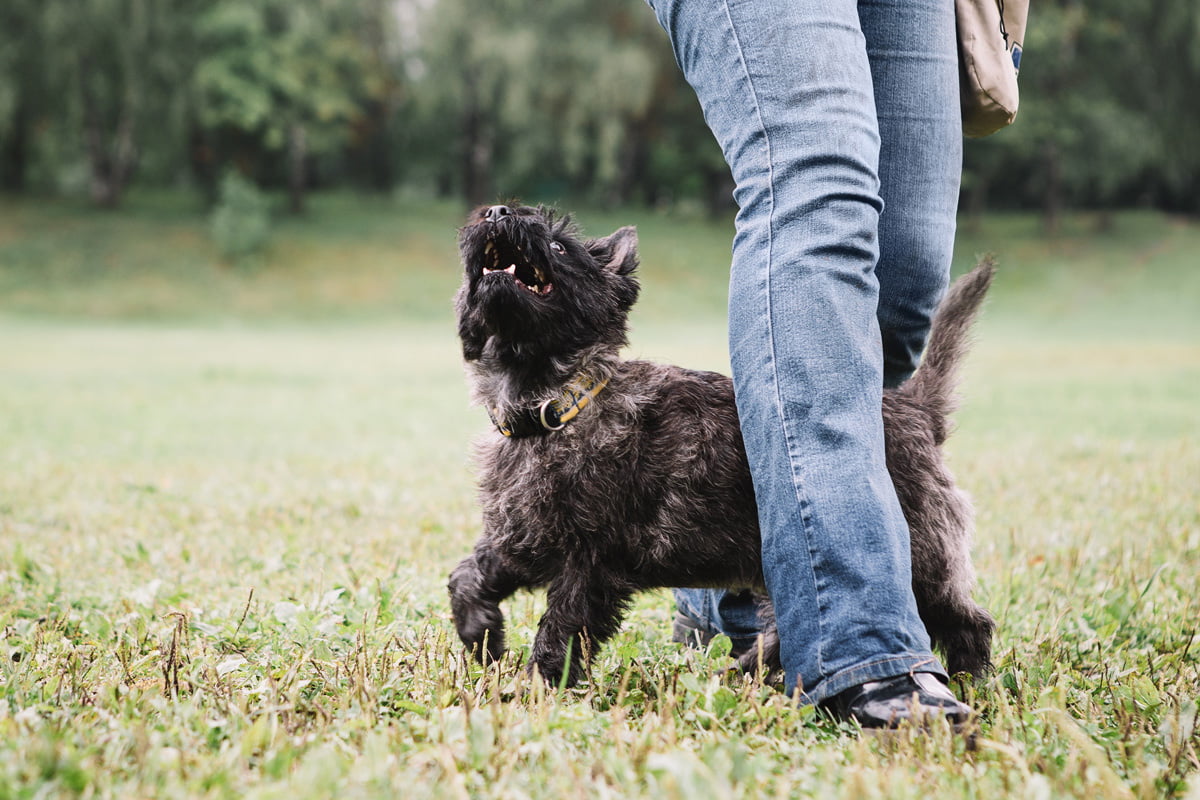
That’s why you should try Dog Dancing
Because Dog Dancing combines discipline with creativity and fun, this dog sport is very popular. Additionally, anyone can try this sport, both dogs and humans alike. Both dog and owner benefit from Dog Dancing.
Dog Dancing can also help boost your dog’s confidence. Even senior dogs and dogs with disabilities have the opportunity to engage physically and mentally in this sport – exactly to the extent they can and need.
A major plus: Since Dog Dancing relies on teamwork, this dog sport helps strengthen the bond with your dog.


